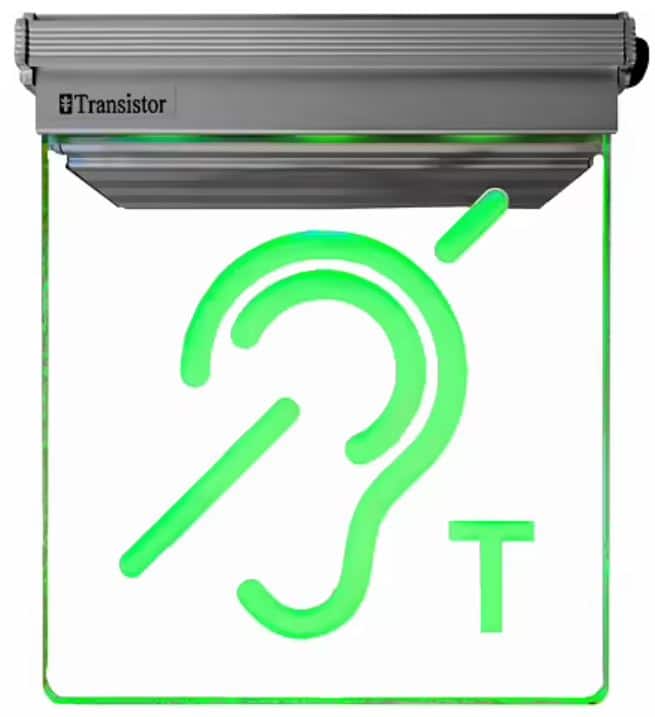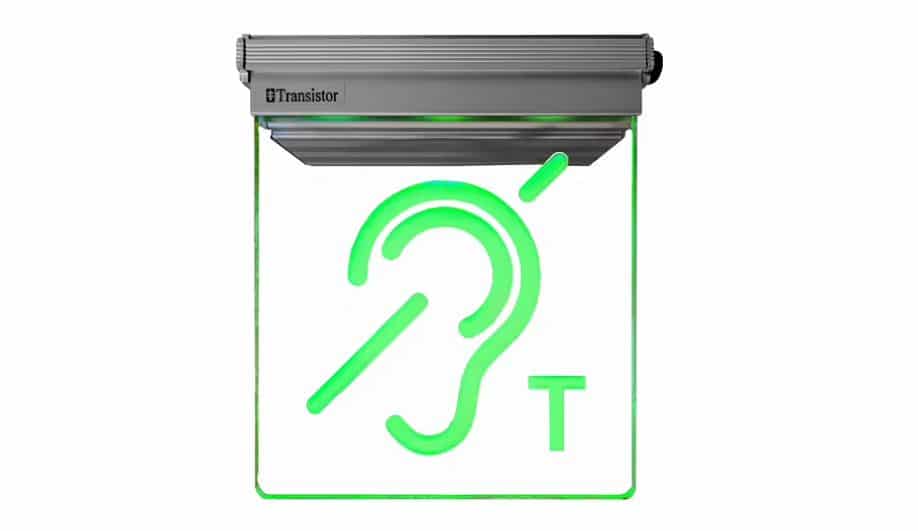Audio frequency hearing loop systems (AFILS), also named hearing loops, are defined by international standards, that means millions of hearing aid users around the world can hear better in airports, trains, theaters, cinemas, hotels, shops, universities, and other places.
With the pandemic, the need for hearing loops has increased further because people to a greater extent wear face mask or have plexiglass that is in between those who communicate. To ensure that a hearing loop works well onwards, you need to know that the sound is transmitted at the right level and until now this has been basically impossible to do in real time without using special equipment, which requires special skills and are used only for installation and service of the system.
A hearing aid user can´t give an objective picture of whether the hearing loop works properly because not all hearing aids have volume control and different hearing aids have different conditions for capturing the sound.
New Standard

The standard IEC 62489 has now been updated with that a fixed monitoring device should be sited so that non-technical staff and/or members of the public can easily verify whether the hearing loop is working. In this way, the quality and uptime of hearing systems will increase as hearing loops are installed, but often do not work satisfactorily, says Andreas Jonsson who is CEO of AB Transistor who has developed the product in collaboration with the national high school for students with hearing loss in Sweden.
T-SIGN is designed to meet what is described in the new standard “in every aspect”. T-SIGN blends into the environment and does not disturb – exactly as the standard states.
“T-SIGN provides in an educational way information about how sound is delivered through the hearing loop. The update in the standard is a confirmation that the need for continuous monitoring exists wherever there are hearing loops. We are convinced that this will lead to more well-functioning and well-used hearing loops all over the world because we have been able to closely follow when premises are equipped with T-SIGN and the awareness and understanding that arises”
–Johan Hammarström, product owner at AB Transistor
“We have seen this happen in lecture halls, theatres, court rooms, classrooms, and many other environments where hearing loops are used. Many people have previously found hearing loops to be diffuse and difficult to understand, but with T-SIGN it will be easier for everyone to be able to contribute to a functioning accessibility for people with hearing impairment,” concludes Hammarström, who has used hearing aids since childhood.
About hearing loop systems
A hearing system is a standardized technology used in society to enable better accessibility for everyone with hearing loss. These can be, for example, loudspeakers at an airport, conductors at a train, the voice of a receptionist or the actors’ voices in a theatrical performance. The hearing system transmit sound (for example from microphones or recorded sound) to hearing aids that are either built into the visitors hearing aids (MT or T mode) or loop receivers borrowed by visitors. Hearing systems are regulated in international standards – IEC 60118-4 and IEC 62489-1. By following these, compatibility with hearing aids, performance and uniform function is ensured. The update described in this press release is EN 62489-1 / A1: 2015.
About T-SIGN
T-SIGN can be both installed on new loop projects and retrofitted where there is currently a hearing loop. It has a built-in loop receiver that measures the loop field once per second and displays the average sound level in the hearing loop over time on an LED-lit internationally defined symbol of hearing loops.
About AB Transistor
AB Transistor is a Swedish company active in hearing technology and hearing aids since 1953. The company is a supplier in the Swedish and international market within hearing healthcare, accessibility, and private sales. The company has its headquarters in Sollentuna outside Stockholm.
About Johan Hammarström
In 2006, Johan Hammarström became the first hearing-impaired pilot to fly around the world in a small aircraft in the World Flight for Hearing expedition. He has lectured on the exciting flight in over 30 countries. Since 2007, Johan has also been involved in hearing as an entrepreneur within hearing industry.






